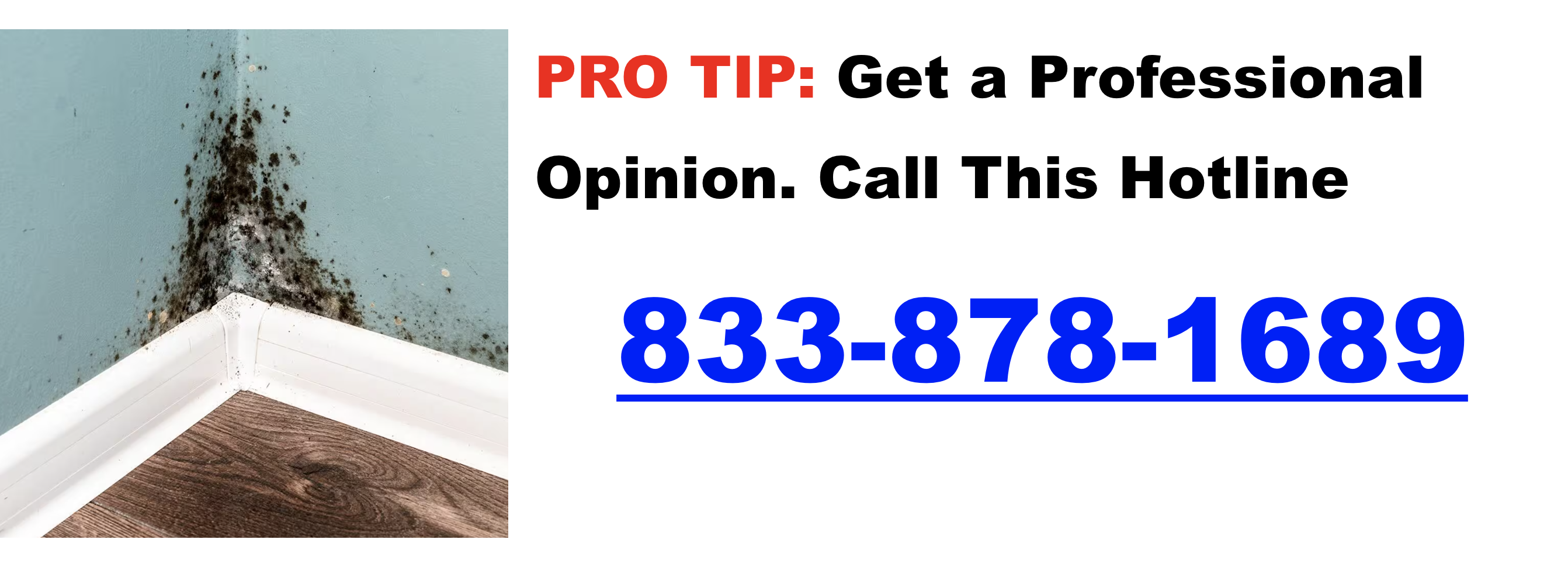How to Stop a Toilet From Overflowing
An overflowing toilet can quickly turn from a small inconvenience into a messy and costly problem. Left unchecked, it can cause water damage, lead to expensive repairs, and create unsanitary conditions in your home. Taking immediate action is key to stopping the water, fixing the clog, and checking for any damage. In this guide, you’ll find step-by-step instructions to handle an overflow and tips to help prevent it from happening again.
Immediate Actions to Stop the Overflow
Click to call the mold remediation hotline
Remove the Toilet Tank Lid
Stop Water Flow
- Press Down on the Flapper Valve: Locate the flapper valve at the bottom center inside the tank. Pressing down on it stops water from flowing into the toilet bowl. This quick action alone may be enough to prevent further overflow.
- Lift the Float: If pressing down the flapper doesn’t help, locate the float (a ball or cup on an arm). Gently lift it to stop water from filling the tank further. Raising the float can temporarily prevent additional water from entering the toilet bowl.
Turn Off the Water Supply
- Turn the shutoff valve – rotate clockwise to shut off the water supply entirely, preventing more water from entering the tank or bowl. If you can’t reach it while holding up the float, release it briefly to quickly turn off the valve.
These steps should stop the immediate overflow. Next, you’ll want to assess what’s causing the overflow and consider any resulting water damage.
Addressing the Cause of the Overflow
Once the overflow is under control, addressing the cause of the clog is essential to avoid repeat incidents.
- Use a Plunger
- A proper toilet plunger, preferably one with a flange, can help dislodge clogs causing the overflow. Place the plunger over the drain in the bowl and use firm, even pressure to create suction. This should clear minor blockages.
- Try a Toilet Auger for Stubborn Clogs
- If the plunger doesn’t work, a toilet auger can help remove more difficult blockages without damaging your toilet. Insert the auger cable into the drain, rotate it clockwise, and gently feed it deeper until you feel resistance. Continue rotating to break up the clog, then pull out the drill and flush the toilet.
- Call a Professional if Needed
- If you’re unable to clear the clog yourself or if your toilet has recurring overflow issues, it’s best to call a licensed plumber. They have the tools and expertise to safely and effectively resolve deeper or more complex plumbing issues.
Check for Water Damage and Clean Up
Overflowing water can cause immediate and long-term damage, so it’s crucial to inspect the surrounding area carefully and clean up promptly.
Inspect Surrounding Areas for Water Damage
- Flooring and Baseboards: Check for signs of warping, bubbling, or discoloration around the toilet’s base, as this could indicate water damage to the flooring or baseboards.
- Walls and Ceilings Below: If the overflowing toilet is on an upper floor, inspect the ceiling and walls directly below the bathroom for any signs of water stains or bulges. These indicate that water may have seeped through.
Assess the Severity of the Damage
- Minor Surface Water: If the water was contained to the bathroom floor, quickly drying and disinfecting the area should suffice to prevent damage.
- Soaked Carpets or Underlying Floor Damage: If water has penetrated the subfloor or reached carpets, it may require professional-grade drying equipment or even floor replacement to prevent mold growth.
Clean Up and Sanitize the Area
- Use absorbent towels to mop up any standing water immediately, then thoroughly clean the area with a disinfectant solution to prevent bacteria or mold from developing. Focus on the floor and any affected baseboards or walls.
Consider Professional Water Damage Restoration
- For more extensive water damage that may have reached walls, ceilings, or flooring, consider hiring a professional water damage restoration service. Professionals have the proper drying, sanitizing, and repair equipment to restore your home and prevent long-term structural issues or mold.
Preventative Tips to Avoid Future Overflows
Preventive measures can save time and money to avoid future overflow issues.
- Practice Mindful Flushing
- Avoid flushing non-dissolvable items — only toilet paper goes down the drain!
- Regularly Inspect Toilet Mechanisms
- Conduct periodic checks of your toilet’s internal parts, such as the float, flapper, and fill valve, to ensure they are working correctly and aren’t causing any overflow issues.
- Clear Vent Pipe Blockages
- Blocked vent pipes can also lead to overflow by preventing proper drainage. Keep an eye out for signs of a blocked vent pipe, such as gurgling sounds or slow drainage, and consider having them inspected annually.
Conclusion
An overflowing toilet can be stressful, but quick action can minimize damage. By removing the tank lid, stopping the water flow, and addressing any clogs, you can prevent immediate problems. Be sure to check for water damage and take steps to clean up thoroughly. Preventative maintenance, mindful flushing, and occasional vent pipe inspections can help you avoid future overflows and keep your toilet functioning smoothly.
- Why Your Septic Tank Smells When It Rains (and What to Do About It)
- How to Handle Water-Damaged Wood in Your Home or Business
- How to Prevent and Remove Mold from Pillows: A Complete Guide
- Why Is My Carpet Always Wet? A Step-by-Step Guide to Identifying the Source of Moisture
- Signs of Septic System Failure and What It Means for Your Basement
